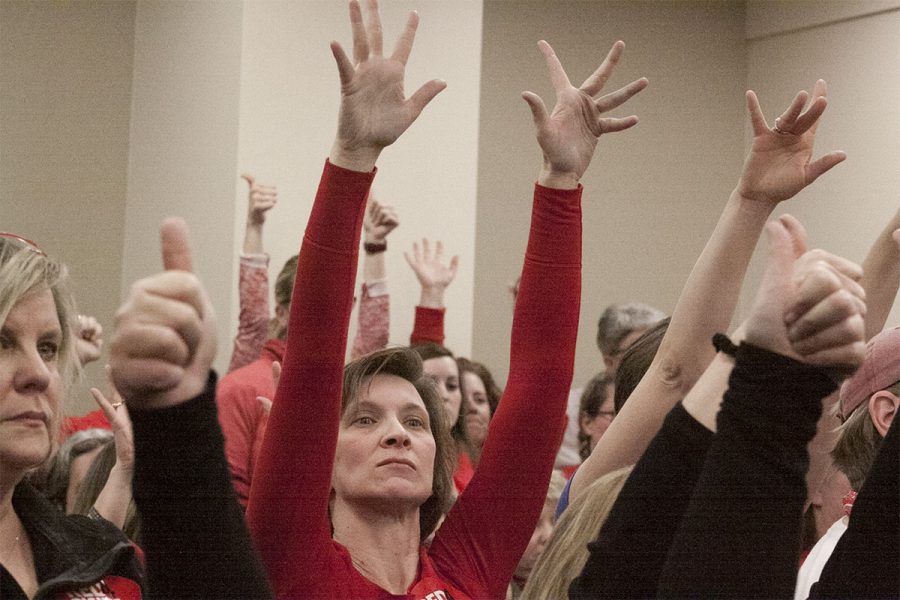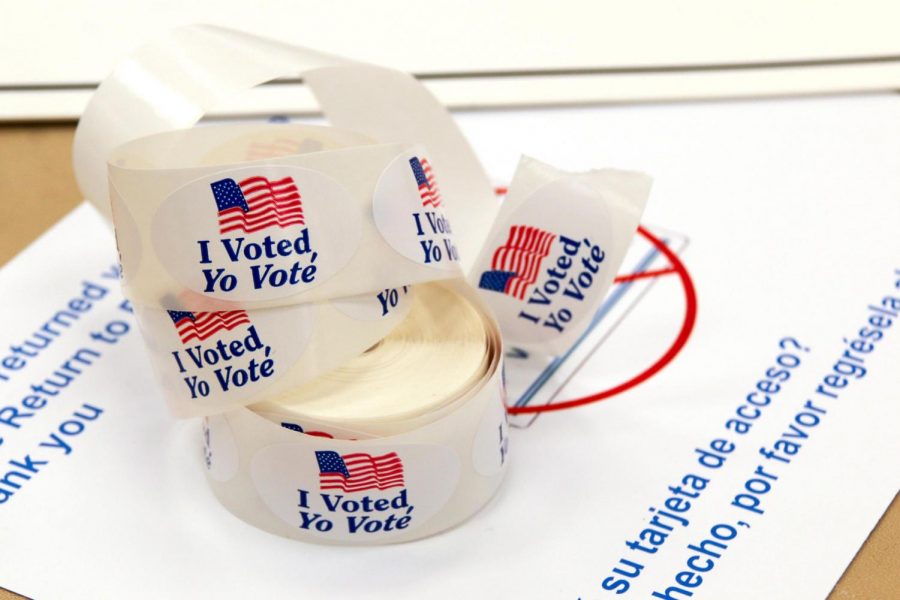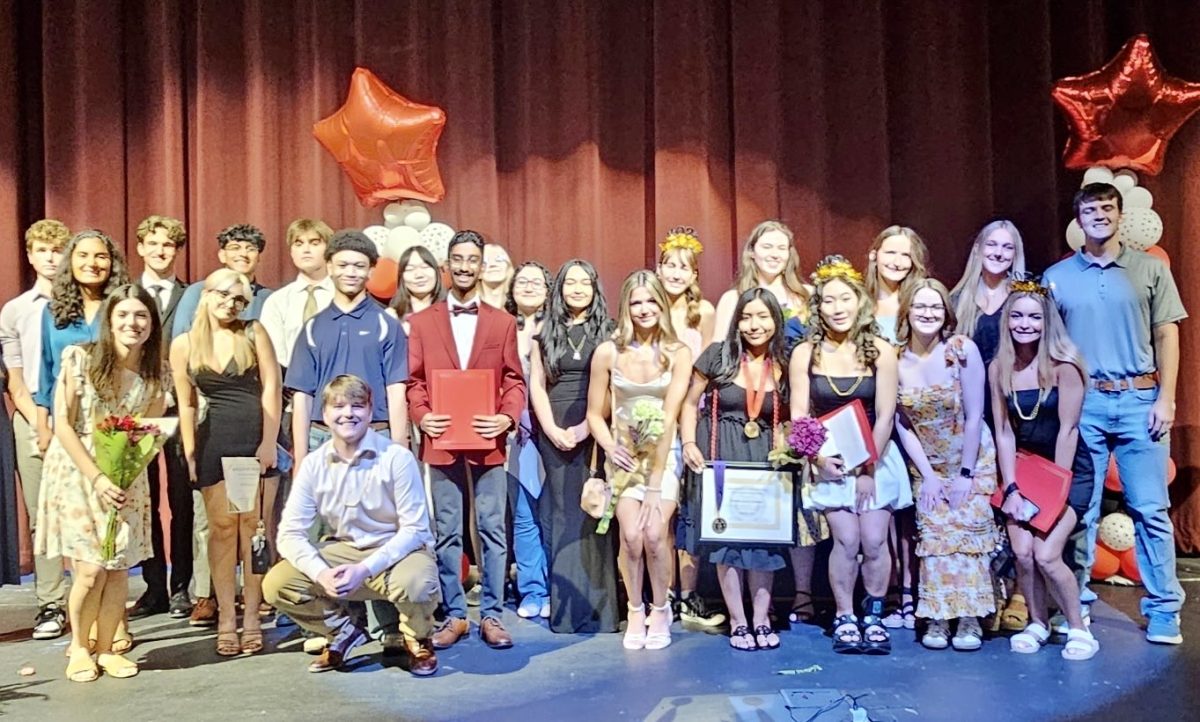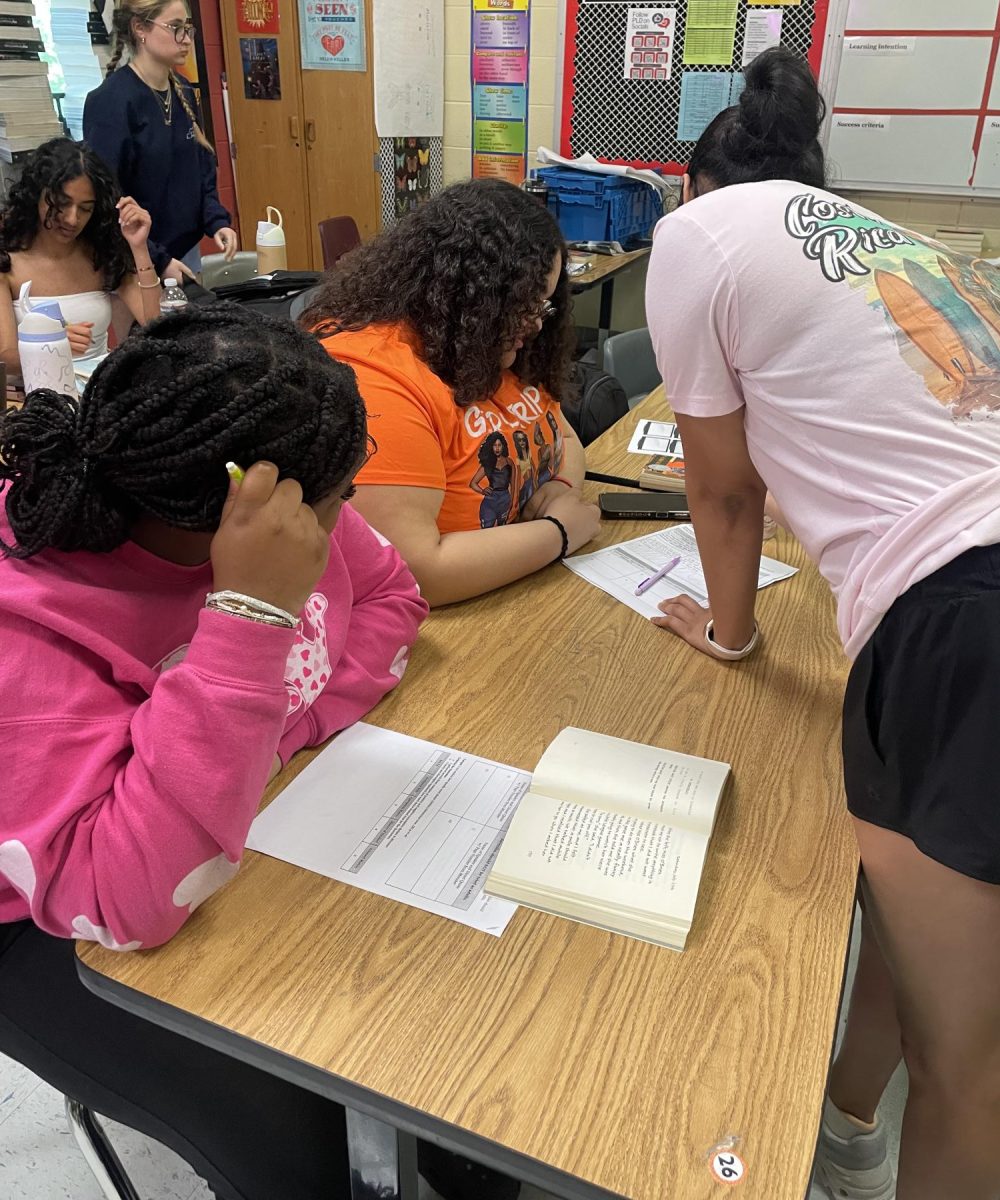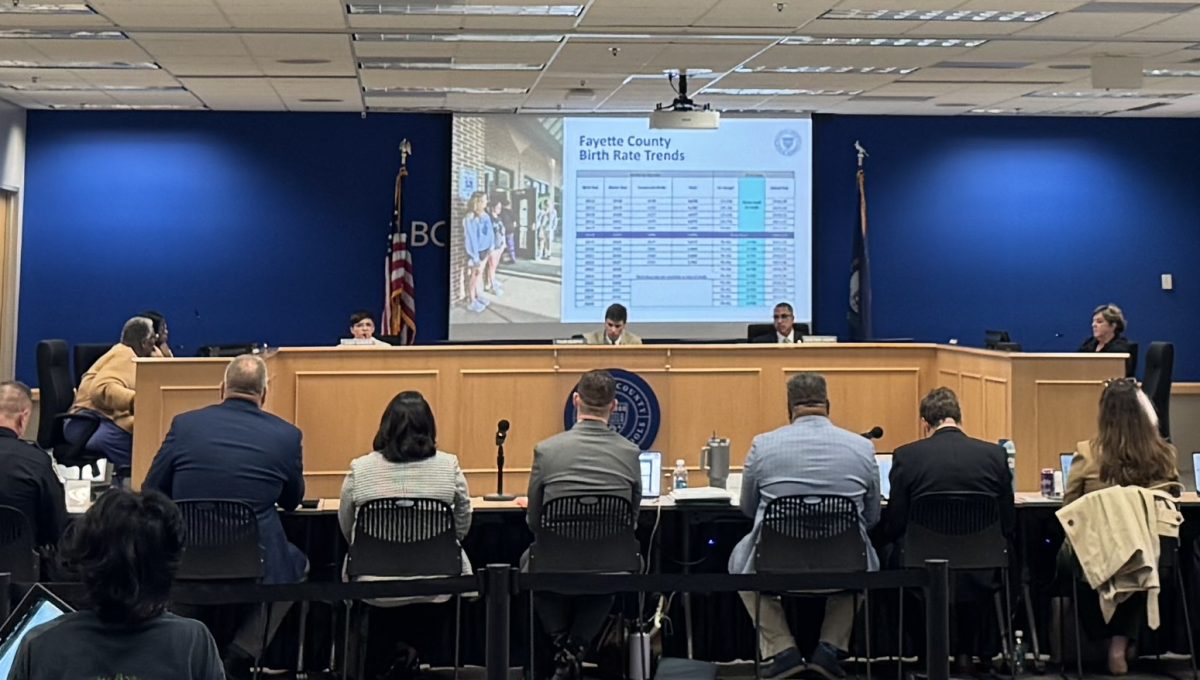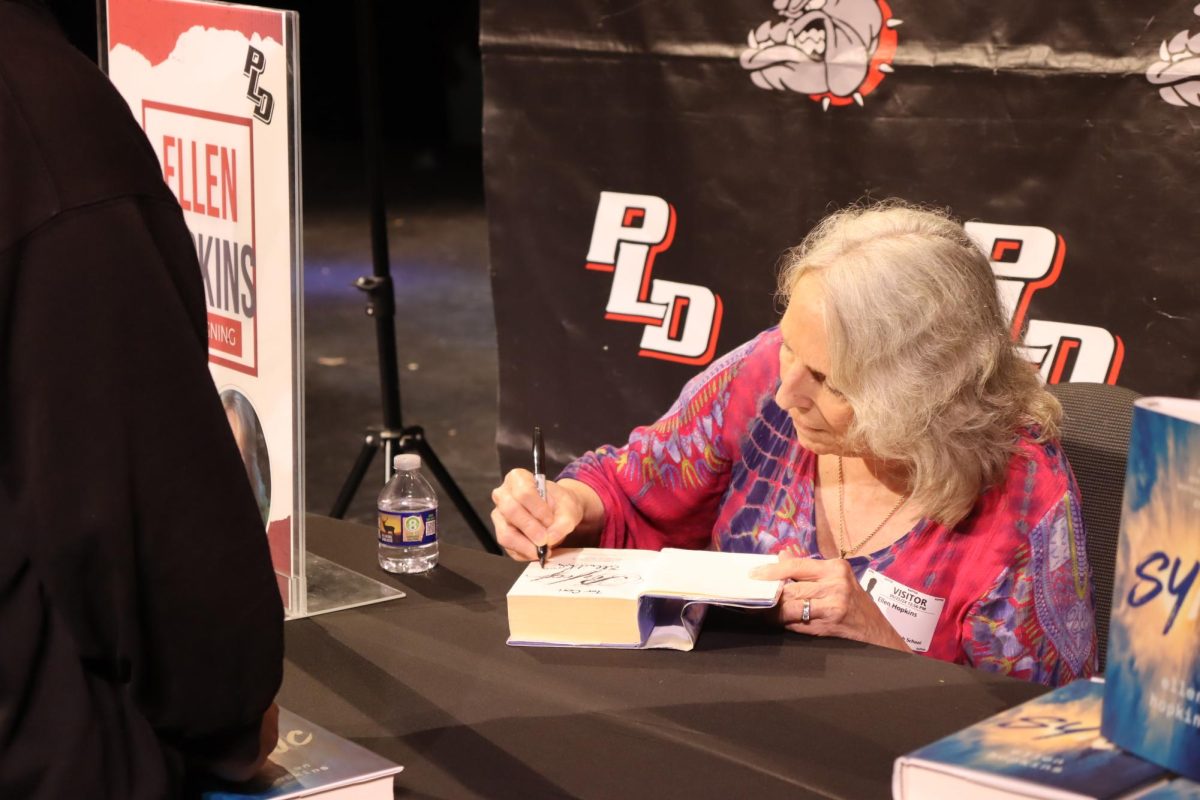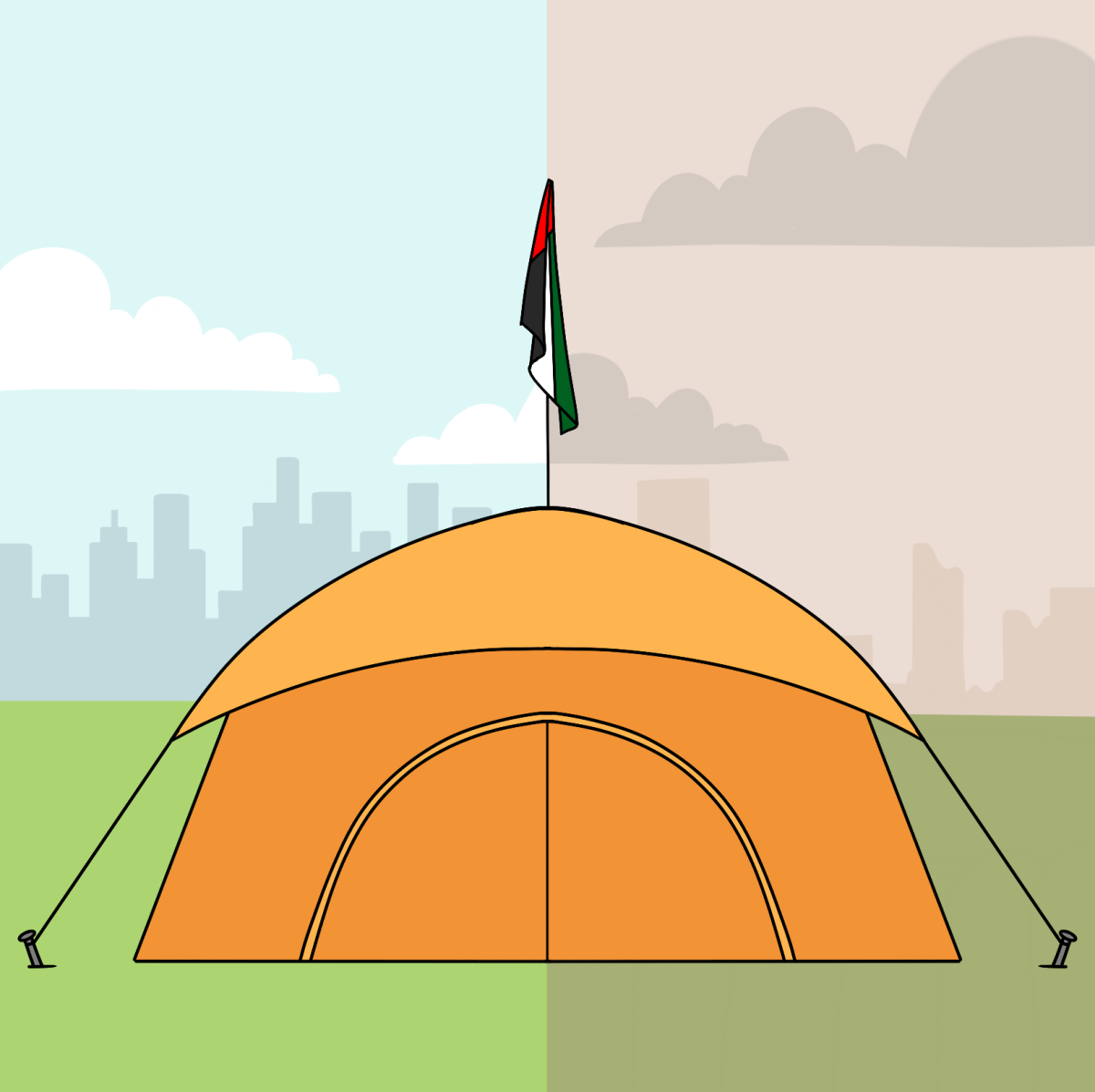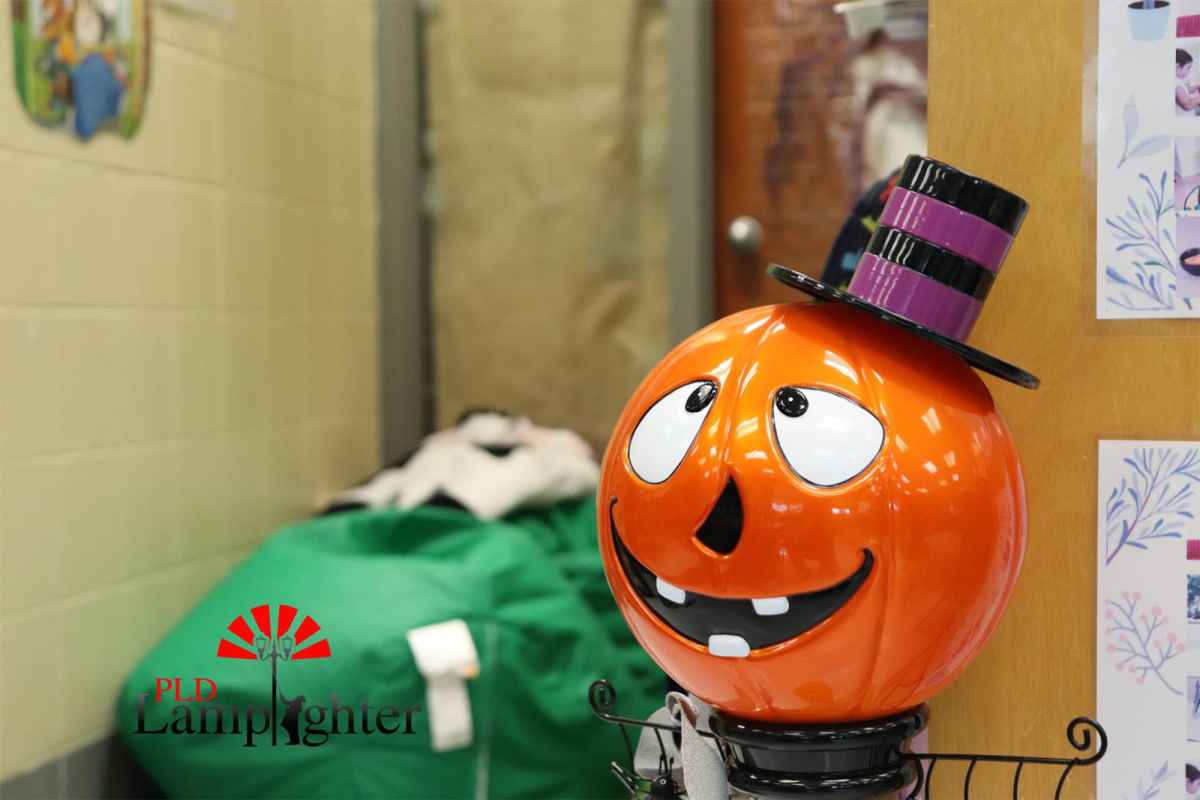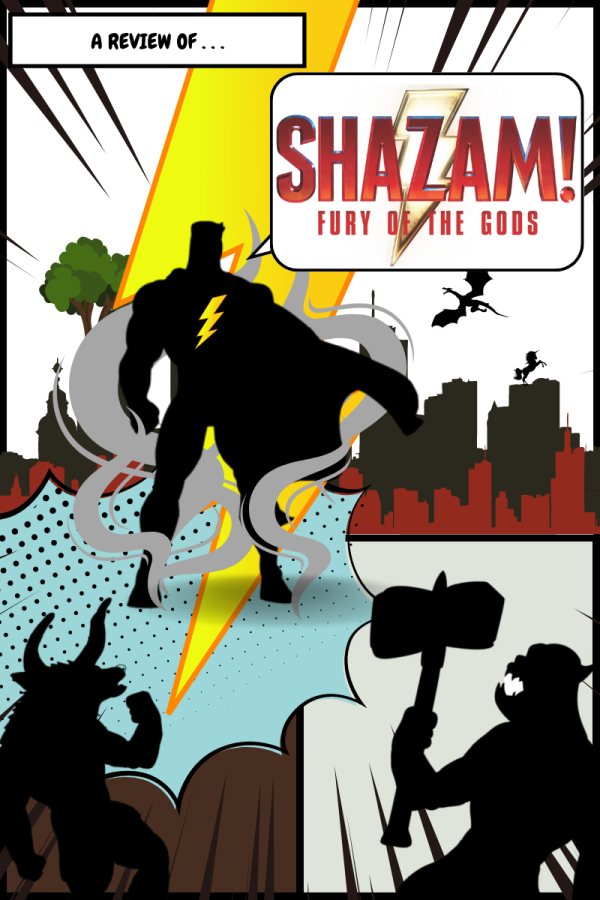History of the Holidays
From Hannukah to Christmas to Kwanzaa, here’s a little history as to how the holidays and these traditions came to be.
The holidays are always a time for families to come together. Traditions are also an important part of the holiday whether it’s coming together to light the menorah or setting presents under the tree.
Hannukah
Popularly celebrated by the Jewish, Hannukah is an eight-day festival of light that begins on the eve of the 25th. This holiday celebrates the triumph of light over darkness, of purity over adulteration and of spirituality over materiality.
This holiday started more than 21 centuries ago when a small band of faithful Jews drove the Greeks away. Then they reclaimed the Holy Temple in Jerusalem and rededicated it to the service of God. Unfortunately, when they went to light the Temple’s menorah, they only found a single cruse of olive oil that had been untouched by the Greeks. To their surprise, the one-day supply of olive oil burned for eight days, giving the Jews enough time for new oil to be prepared.
This miracle led to the celebration of Hannukah every year, where Jews light a special menorah for eight days. One candle is lit on the first night of Hannukah, two candles are lit on the second night, three candles are lit on the third night and so on until eight candles are lit. Ironically, Hannukah is one of the less important Jewish holidays according to Jewish law. However, it has become more popular in modern practice because of how close the holiday is in relation to Christmas.
Louis Shatzki is a senior at Dunbar who celebrates Hannukah. “Every night we light the menorah, that’s a candleholder with nine different spots. We light the middle one every night, it’s the shamus, and we use that to light the other ones. For every night, there’s eight nights of Hannukah, you light another candle. By the eighth night you will have nine candles in the menorah and you’ll say a prayer every night you light them and usually get a present just for fun.” His favorite part of the holiday, like many others who celebrate Hunnakah, is receiving and opening the presents.
Kwanzaa
Kwanzaa is an African holiday that is celebrated over the span of seven days. Celebrations of Kwanzaa often include songs and dances, African drums, storytelling, poetry reading and a large traditional meal.
Kwanzaa is not celebrated as a religious holiday, and it wasn’t meant to replace Christmas in any way. It was created by Dr. Maulana “Ron” Karenga in 1966 to honor the values of ancient African culture and inspire his fellow African Americans. On each of these seven nights, the family gathers together and a child will light a candle on the Kinara which is a candleholder. For each of the seven nights, there are seven principles that are discussed; each day will represent a different principle. These principles include: unity, self-determination, collective work and responsibility, cooperative economics, purpose, creativity and faith.
Christmas
Christmas is one of the most recognized holidays celebrated worldwide. There are many questions surrounding the true origin of Christmas as it’s evolved significantly since it began. Senior Katie Todd said “I think it came to be from Jesus being born and it started out as just a celebration of him being born but it’s become more mediated and more about money and giving gifts and decorating.”
Christmas Day originally started as a celebration of Christians honoring the anniversary of the birth of Jesus Christ. It has been celebrated in the United States as a federal holiday since 1870.
Gift-giving derived from the practice of emperors in pre-Christian Rome forcing the citizens they disliked to bring offerings and gifts during the Saturnalia (December) and Kalends (January). Since then, this ritual has grown to include the general populace and is an important part of the Christmas holiday. The Christmas tree had long been worshipped by Roman pagans who associated Christmas with the Saturnalia. Pagans brought the Christmas tree into their homes and decorated them as a sign of worship. Christmas trees later became the place for families to place their presents for their loved ones.
The ever faithful mistletoe came from Norse mythology recounting how the god Balder was killed from a mistletoe arrow shot by his rival god Hoder while fighting for the female Nanna. This myth led to the popular Christmas custom of “kissing under the mistletoe.”
A lot of people have different ideas about where Santa Claus came from and how he came to become so famous by passing out gifts. Dunbar junior Malaysia Moore’s has her own opinion about Santa Claus. “I believe that the myth of Santa came from Germany (at least that’s what I was told) then Americans took the myth and spun it. Turned the Germanic version into a chubby man living with his wife, reindeer, and elves in the North Pole. And every Christmas Eve he comes and gives toys to all good girls and boys. And eats cookies set out by the families.”
Santa Claus is a huge part of Christmas (quite literally). Unfortunately, contrary to childhood belief, he is very much a myth. His myth actually came from the Dutch figure, Saint Nicholas, who was a historical Greek bishop and gift giver of Myra.
As Christmas has evolved over the years, it’s come to become an important part of the year to many Americans. Junior Amanda Moore said, “I think Christmas has changed because as a kid you appreciate Santa and the gifts the most and now we appreciate the holiday season overall.”
No matter which holiday you celebrate, whether it’s Hannukah, Kwanzaa or Christmas, the holiday season is always an exciting time. It’s the time to just forget about school and take the opportunity to enjoy spending time with family.

I really do enjoy going on long walks on the beach, I hate bad drivers, and I find pleasure in eating sushi during my free time.

